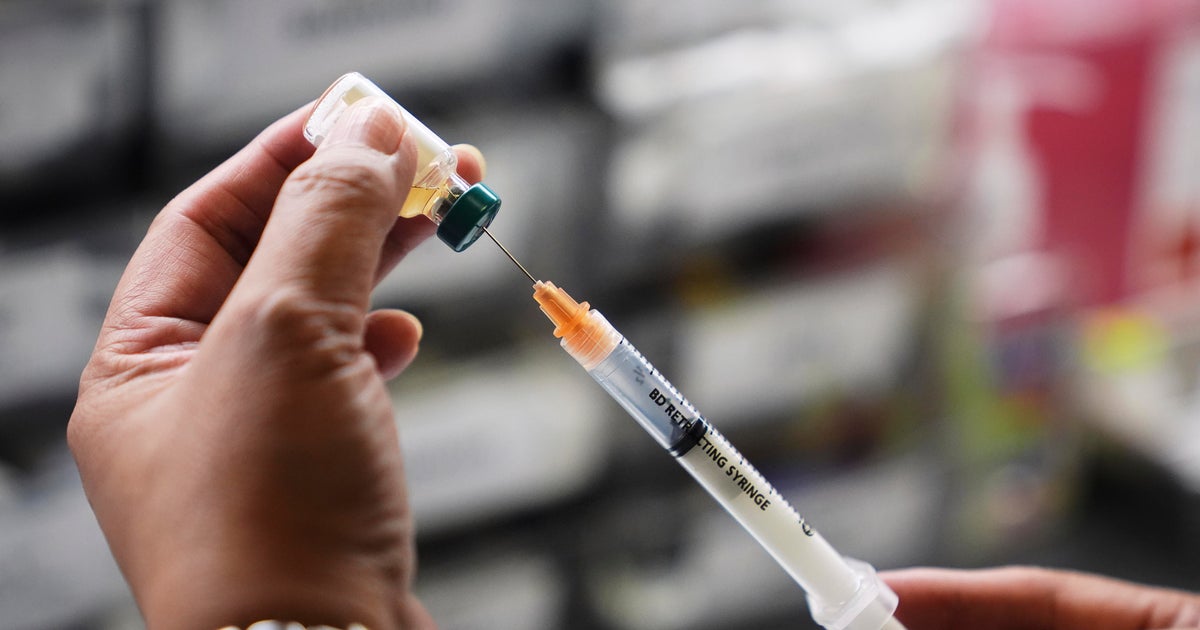Business Impact
On June 12, 2024, a CDC advisory panel voted to discontinue recommending the combined MMRV (measles-mumps-rubella-varicella) vaccine for children under four, pending agency approval (CDC June 2024 Meeting Notes). This decision will drive a rapid operational overhaul across pediatric practices, supply chains, and payer reimbursement models—impacting over 15 million under-4 immunizations annually and an estimated $75 million in vaccine-related revenue.
Executive Summary
- Provider operations: Two separate injections per visit add 3–5 minutes of clinical time, require updated EHR order sets in Epic and Cerner, and increase cold-chain capacity by 20%.
- Supply realignment: Merck, the sole U.S. MMRV supplier, must shift inventory to component MMR (CPT 90707) and varicella (CPT 90710) products within eight weeks. Distributors like McKesson and Cardinal Health face potential $10 million stock write-offs.
- Payer adjustments: Insurers (Aetna, Cigna, Medicaid/CHIP) must revise fee schedules—typical administration fees rising from $18 for one shot to $35 for two shots—by September billing cycles.
- Trust management: Allegations of political pressure on CDC scientists could depress vaccination rates by up to 8% in high-hesitancy states (MIT Technology Review, May 2024). Clear, unified messaging will be critical to maintain coverage rates above the 90% healthy-community threshold.
Operational Reset: Provider Workflows & EHR Integration
Pediatric clinics must update Epic and Cerner immunization order sets and sync with state immunization registries—such as California IRIS and Texas ImmTrac—to prevent forecasting errors. Inventory dashboards should reflect separate MMR and varicella stock levels, with a 20% buffer to cover delayed shipments. Network-wide, this adjustment adds approximately 4,000 clinician hours per month (assuming 2 million under-4 visits annually × 3 extra minutes). Early adopters at Children’s Health Dallas report reducing scheduling gaps by 15% after workflow redesign (internal data).

Supply Chain Rebalancing: Manufacturers & Distributors
Merck will retool production lines to increase MMR (lot #MMR-0424) output by 40% and varicella (lot #VAR-0424) by 35% over an eight-week window. Distributors McKesson and Cardinal Health are setting up exchange programs—providers can return unused MMRV vials through established credit pathways. “Our goal is zero waste and continuity of supply,” said Sarah Thompson, VP of Vaccine Operations at Merck (Merck Press Release, June 2024). Payers should anticipate variable lead times of 5–10 days per shipment.
Payer Policy & Financial Considerations
Payers must update internal claims edits to accept CPT 90707 (MMR) and CPT 90710 (varicella) on the same visit date, avoiding denial rates that spiked by 12% in preliminary tests. Typical administration fees per shot range from $14 to $18; two-shot visits will double revenue cycle entries. Medicaid and CHIP programs in California and New York are already adjusting their fee schedules for Q4 2024 (State of California Immunization Program Bulletin, May 2024).
Communication & Trust Management
Public confidence may dip after reports of political interference at CDC (CNN, May 2024). Dr. Anne Schuchat, former CDC Principal Deputy Director, emphasizes: “Transparent, science-based messaging is the cornerstone of maintaining immunization coverage” (Paraphrase, Advisory Panel Meeting). Below is a sample clinician script:
“Hello [Parent Name], the CDC has updated its recommendation: to ensure the strongest immune protection, we will administer two separate shots today—MMR and varicella—instead of one combined vaccine. Each is safe, effective, and fully covered by your plan. Let me know if you have any questions.”
Action Plan & Call to Action
- By July 15: Form a cross-functional Vaccine Transition Task Force with leaders from operations, supply chain, revenue cycle, IT, and communications.
- By August 1: Complete Epic/Cerner order-set updates and staff training sessions.
- By August 15: Reconcile on-hand MMRV stock; execute return and reordering plans with Merck and distributors.
- By September 1: Confirm payer fee-schedule updates and test claims submissions for separate CPT codes.
- Ongoing: Deploy parent and staff FAQs, track vaccination uptake weekly by ZIP code, and adjust outreach in areas where coverage dips below 90%.
Next Steps for Business Leaders: Schedule your first task-force meeting by July 10, request supplier forecasts for component vaccines, and secure executive buy-in on a $2 million operational reconfiguration budget. Reach out to Codolie’s Healthcare Advisory Team for a customized readiness assessment and detailed playbook.
Leave a Reply